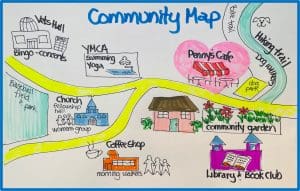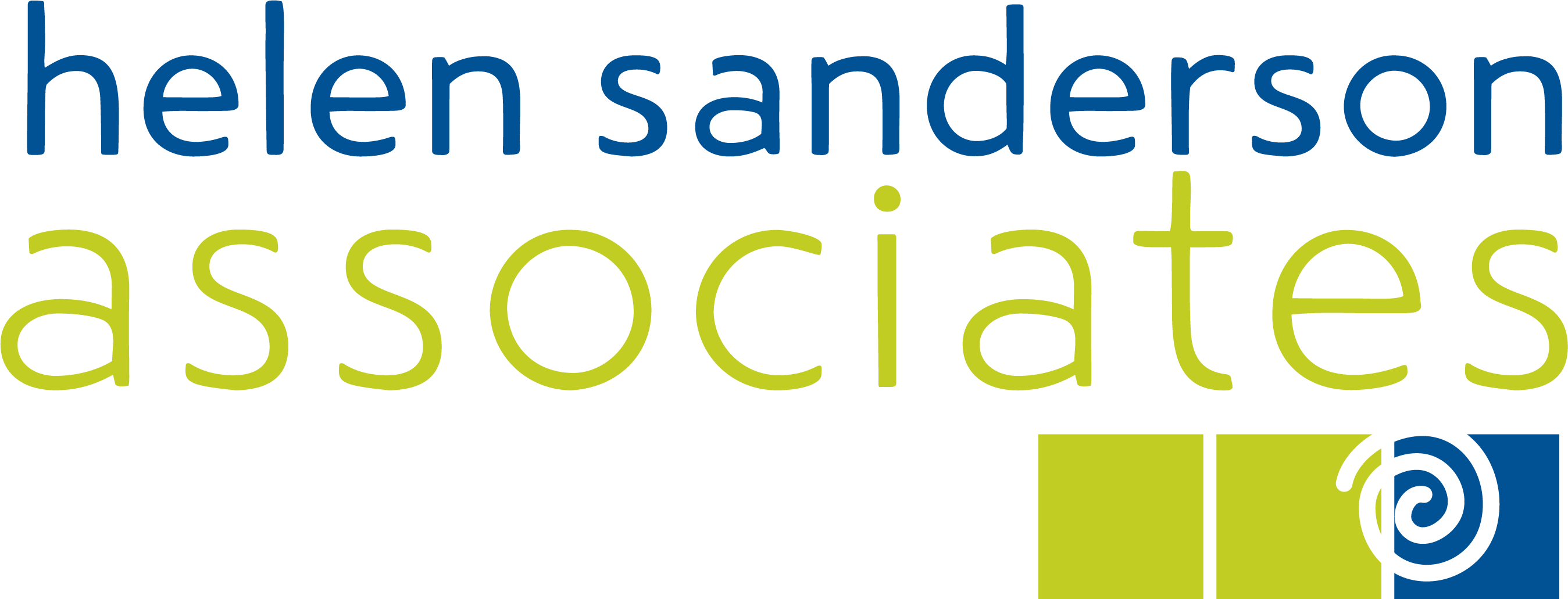Springtime Reconnection through Community Mapping

As I sit writing this, we are enjoying a very unseasonably warm early-spring day. It is a gorgeous 76*F, and the sun is brightly shining. The sights, sounds, and scents of spring are in the air. It is the type of day that makes me want to go somewhere and make joyful memories. Watching the activity outside I think of my friends and family and what we can do over the weekend to spend time together. When springtime comes around, it is like a welcoming from nature to partake in all the activities we missed over the cold, snowy winter.
When making plans with anyone, I will always discuss with the other party the same three topics: what we are going to do, where we are going, and who is going to be there. Each time I do this, I think of what is close to me and what is close to them. I think about the things we like to do, the places we might explore, and who all might enjoy the activities. We usually find that there are dozens of opportunities available to us right in our hometown. The conversation is relatively simple, but it always takes some planning.
For people who rely on others for support, the idea of being able to go somewhere to spend time with another person should follow the same pattern. We need to know what they want to do, where they want to go, and with whom they want to spend their time. We can help identify some options by thinking of the community around us. If we take a moment to think through all that is available in our communities, we would likely be able to find a multitude of opportunities for connection. To help identify all that our communities offer, we can use a simple community map to identify places that may be of interest to the person we are supporting.
When we are in a role of supporting others, we must know and understand where opportunities exist in the local community to build connection based on what activities and pastimes the person enjoys. In its simplest form, a community map can help explore categories of community locations such as shops, clubs, gathering spaces, community centers, entertainment venues, or spaces to simply be with other people. By drawing out a community map, we will not only learn where things are located, but we will also learn through our conversations what the person likes to do for fun, where they like to go in order to feel valued and welcomed, and where and how the person enjoys spending their time with others.
Knowing how much each of us look forward to the renewal springtime brings to us, we also need to be aware that people we support also feel the same desire to get out and about and reconnect with others after the winter slumber. We can help develop these connections by taking time to discuss with them all their community has to offer. We need to be willing to not only revisit the familiar places and people they enjoy but we also need to offer options to explore new locations and meet new people. Through use of the community map, we can help identify ways people can build relationships and make meaningful connections in their community. Who knows what new opportunity might be located around the corner!
Download a Community Mapping template for you to explore with.
